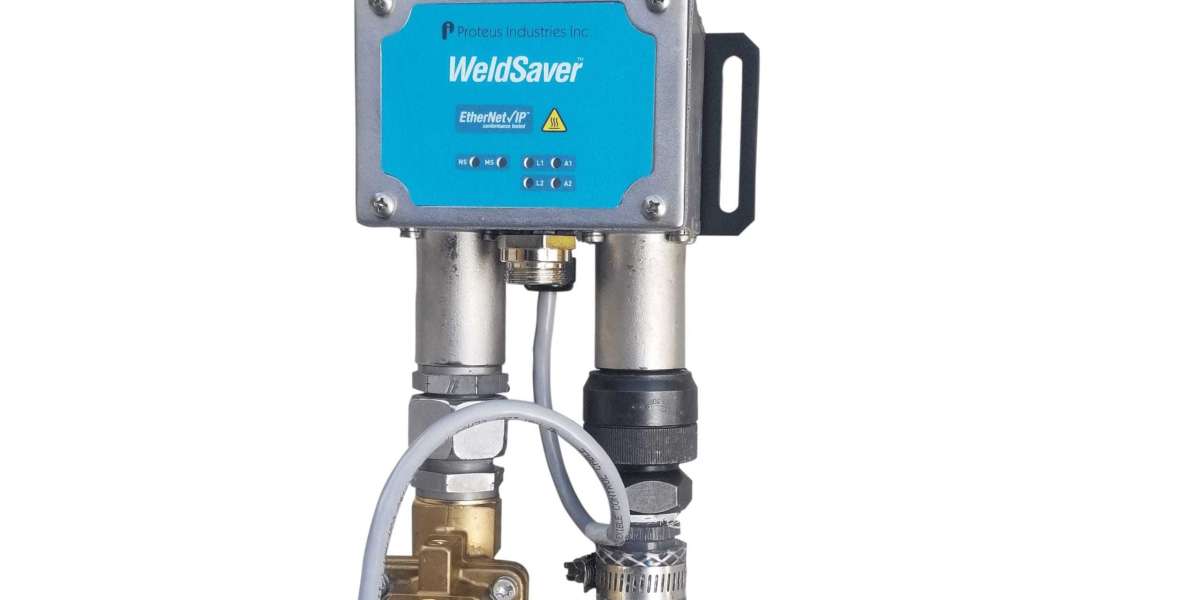Maintaining optimal efficiency and productivity is paramount in today's highly competitive industrial landscape. One often overlooked factor that can significantly impact productivity is coolant leaks. Coolants are crucial in many industrial processes, such as cooling machinery, lubricating cutting tools and preventing corrosion. However, coolant leaks can lead to issues, from equipment damage to increased operational costs. It is where coolant leak detection systems offer a proactive approach to maintaining productivity and preventing costly disruptions.
The Hidden Threat of Coolant Leaks
Coolant leaks seem like minor issues, but their consequences can be far-reaching. When coolant leaks go undetected, they can compromise the performance and longevity of machinery. Leaked coolants can damage components, reduce the effectiveness of cooling systems, and create hazardous working conditions due to slippery floors. Additionally, coolant leaks can contribute to environmental contamination if not properly managed.
The Role of Coolant Leak Detection Systems
Coolant leak detection systems are designed to identify leaks at their early stages, allowing for swift corrective actions. These systems utilize advanced technologies to monitor coolant lines, tanks, and equipment for any signs of leakage. The system triggers alerts when a leak is detected, notifying operators and maintenance teams in real-time. This immediate response enables timely intervention to prevent further damage and downtime.
Benefits of Coolant Leak Detection Systems
- Reduced Downtime: One of the most significant advantages of coolant leak detection systems is minimizing downtime. By identifying leaks early on, maintenance teams can address the issue before it escalates into a significant problem. This proactive approach helps prevent unplanned downtime and keeps operations running smoothly.
- Cost Savings: Coolant leaks can increase coolant consumption, equipment repairs, and production losses. Detecting leaks allows organizations to minimize these costs and allocate resources more efficiently.
- Equipment Longevity: Coolant leaks can accelerate wear and tear on machinery components. By promptly addressing leaks, organizations can extend the lifespan of their equipment and ensure consistent performance.
- Environmental Protection: Coolant leaks can pose environmental risks, mainly if they contaminate soil, water sources, or the air. By detecting and resolving leaks quickly, organizations contribute to environmental sustainability and compliance with regulations.
- Worker Safety: Coolant leaks can create slippery surfaces that pose safety hazards for workers. Rapid leak detection helps maintain a safe working environment and reduces the risk of accidents.
Selecting the Right Coolant Leak Detection System
Choosing the appropriate coolant leak detection system for your organization involves considering factors such as the type of coolant used, the complexity of your machinery, and your specific operational needs. Some designs utilize sensors, while others rely on visual or auditory alerts. Investing in a system that integrates seamlessly with your existing equipment and monitoring infrastructure is crucial.
Conclusion
Coolant leak detection systems have become indispensable tools for modern industries seeking to enhance productivity, reduce operational costs, and ensure environmental responsibility. By promptly identifying and addressing coolant leaks, organizations can safeguard their equipment, minimize downtime, and create a safer working environment. The proactive approach offered by these systems not only optimizes efficiency but also contributes to sustainable and responsible industrial practices.








